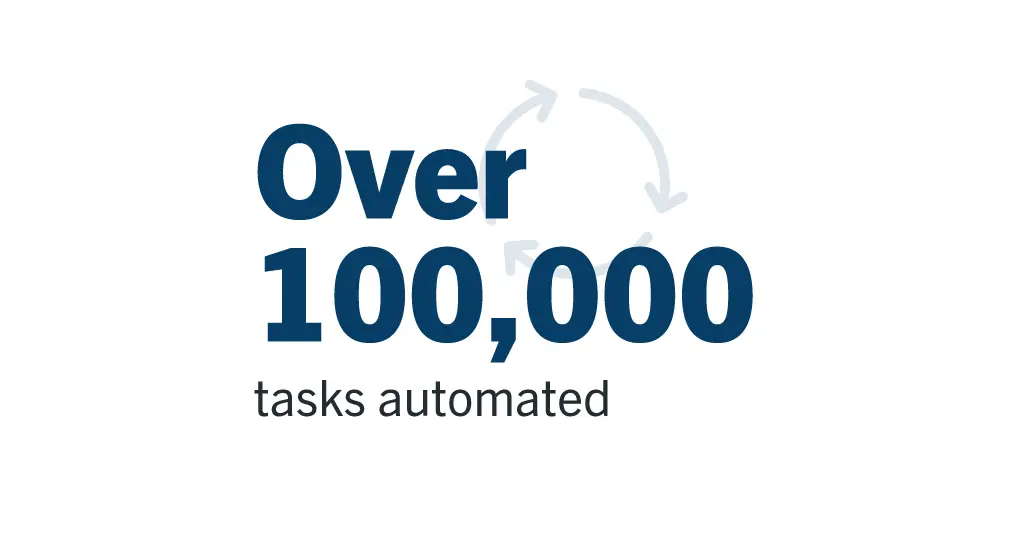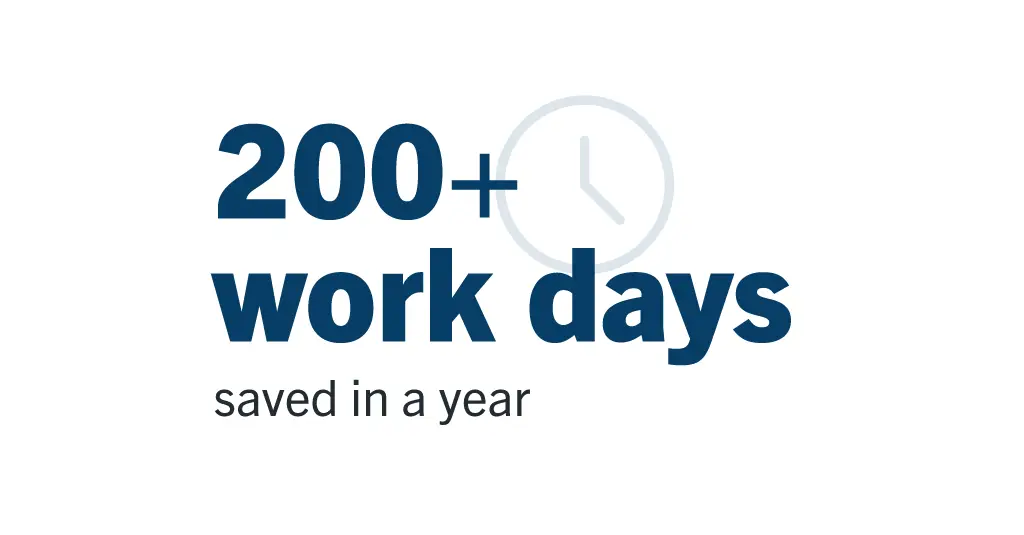The Canadian Seed Growers’ Association (CSGA) is a science-based non-profit organization committed to supporting a competitive Canadian agriculture sector as a respected global leader in seed quality assurance and genetic traceability.
CSGA provides leadership as the only Canadian organization to monitor and certify pedigreed seed for all agricultural crops in Canada except potatoes. CSGA certifies over 1.2 million acres, over 60 different crop kinds of 2,000 varieties for nearly 3,100 seed growers and 2,500 seed-growing businesses annually. Bringing together plant breeders, seed growers and seed sector stakeholders to reliably deliver a national seed certification program through the assurance of genetic identity of pedigreed seed.
Canada’s seed certification system ensures germination and mechanical purity while providing a third-party verified audit trail of the seed’s varietal identity. It ensures that the agricultural supply chain is secure, farmers trust the seed they purchase and plant, and trading partners have the utmost confidence in the seed and food products they import. The system is a globally trusted quality-management system that ensures plant breeding innovation is delivered from the lab to the farmer, producer and end market.
To continue strengthening Canada’s global reputation for producing high-quality seed, CSGA has been at the forefront of seed certification system modernization and digital transformation over the last decade.
Since 2014, CSGA has used Laserfiche as a behind-the-scenes champion for many of its key business processes. Using Laserfiche’s electronic forms and business process automation capabilities, CSGA accelerated the seed certification process for its 3,100-plus members.
Agriculture is an essential sector where relationships are key. The recent push for a more digitally driven CSGA has led to better relationships with growers, sector stakeholders and government. The Association’s “CSGA 2.0” Business Plan includes a focus on digitalization or providing transparent, digitally enabled, enhanced traceability services that reduce administrative burden and add value.
A recent blockchain validation pilot project enabled consumers to see their food’s journey from seed-to-table. Using data gathered from seed crops and the blockchain pilot, CSGA’s model tracked and verified a product’s history, which consumers could access by scanning a QR code on the packaging.
These digital initiatives continue to underscore CSGA’s commitment to its stakeholders, the Canadian agricultural community, and the Canadian public, who consume Canadian seed growers’ products every day.
“In any given year, we receive roughly 16,000 to 20,000 applications. The vast majority of these are processed through Laserfiche. We’ll have over 1,000 workflows running in the background. It essentially runs our business.”
— Doug Miller, CSGA Executive Director and former Managing Director, Certification and Technology Services
Streamlining Key Business Processes
CSGA is the delegated regulatory authority for the Canadian Seed Crop Certification System via a public-private partnership with the Canadian Food Inspection Agency (CFIA). CSGA certifies that a seed crop is produced in compliance with CSGA standards for varietal purity in pedigreed seed crop certification.
In the past, the Canadian government provided inspection services for thousands of fields seeking seed crop certification from annually. In 2012, however, the government announced that it would no longer provide those services. Going digital was the solution to connect CSGA, the CFIA and 23 different inspection companies across the country. The CFIA now oversees private seed crop inspections with ensured coordinated access to information.
CSGA created SeedCert, an online portal and one-stop-shop powered by Laserfiche Forms and business process automation to streamline the inspection and verification processes.
Today, seed growers request certification online by logging into SeedCert and submitting a Laserfiche form routed to staff for review. Approved applications are transmitted to inspectors who access requests through Laserfiche on a computer or mobile device. Those inspectors submit completed inspection reports online, even when they are out in the field.
By removing paper and the manual shipping of information, CSGA took something that once took weeks and created a more user-friendly, standardized, and simplified experience for members, inspectors and CSGA staff. CSGA staff now have access to reports quickly, allowing CSGA to promptly communicate with the grower if issues are identified in the field, allowing the grower to address those issues before harvest and obtain certification
A Data-driven Approach to Decision-making
What initially started as a challenge ultimately drove innovation for CSGA. “Our whole system was paper-based and back-logged. Now, processing takes only days,” says Miller. The new digital processes enabled the Association to scale up. CSGA’s SeedCert platform now helps coordinate 23 different Authorized Seed Crop Inspection Services (ASCIS) organize inspections and their 250 individual inspectors — saving CSGA’s current staff countless hours.
CSGA-certified seed crop information is stored in a database, allowing CSGA staff to dive deeper into the data. They can identify patterns and gather insights that could influence strategic decision-making, improve processes and operations, and strengthen relationships between seed growers and regulators — all to serve CSGA’s members and the sector as effectively and efficiently as possible.
A Digital-First Future for Business
CSGA is finding new ways to leverage technology every day. During the COVID-19 pandemic, the organization used Laserfiche Forms to enable inspectors to report if they were sick, allowing in-field inspections to be reassigned. Electronic forms also allowed the Association to communicate coronavirus-related travel restrictions with inspectors quickly. In a time of worldwide uncertainty, the improved communications facilitated the continuity of essential operations.
The CSGA sees a new, more diverse wave of producers in the future. The younger agricultural professionals expect digital-first, intuitive interfaces, and quick responses to requests. This highlights the need for the agricultural sector to keep pace with new innovations and technology-driven solutions.
With the help of technology like Laserfiche, CSGA has adapted to this new set of expectations and changing business climate. “We’re looking ahead for the next generation of seed growers and the entire pedigreed seed certification system. We’ve already launched our digital crop certificates and taken big strides forward to a digital end-to-end seed crop certification system. Leveraging digital platforms will elevate the seed sector and Canadian Agriculture,” Miller says.
Process automation has made it possible to certify seed faster, and e-forms have made it easier for CSGA to coordinate among its large and growing network of growers, inspectors and government. All these improvements are critical to CSGA’s mandate to deliver a national third-party seed crop certification system for Canada.
“Regulated sectors like agriculture are going to have to adopt digitization technologies as a necessity.”
— Doug Miller, CSGA Executive Director and former Managing Director, Certification and Technology Services
To learn more about how Laserfiche drives digital transformation, schedule a consultation today.




